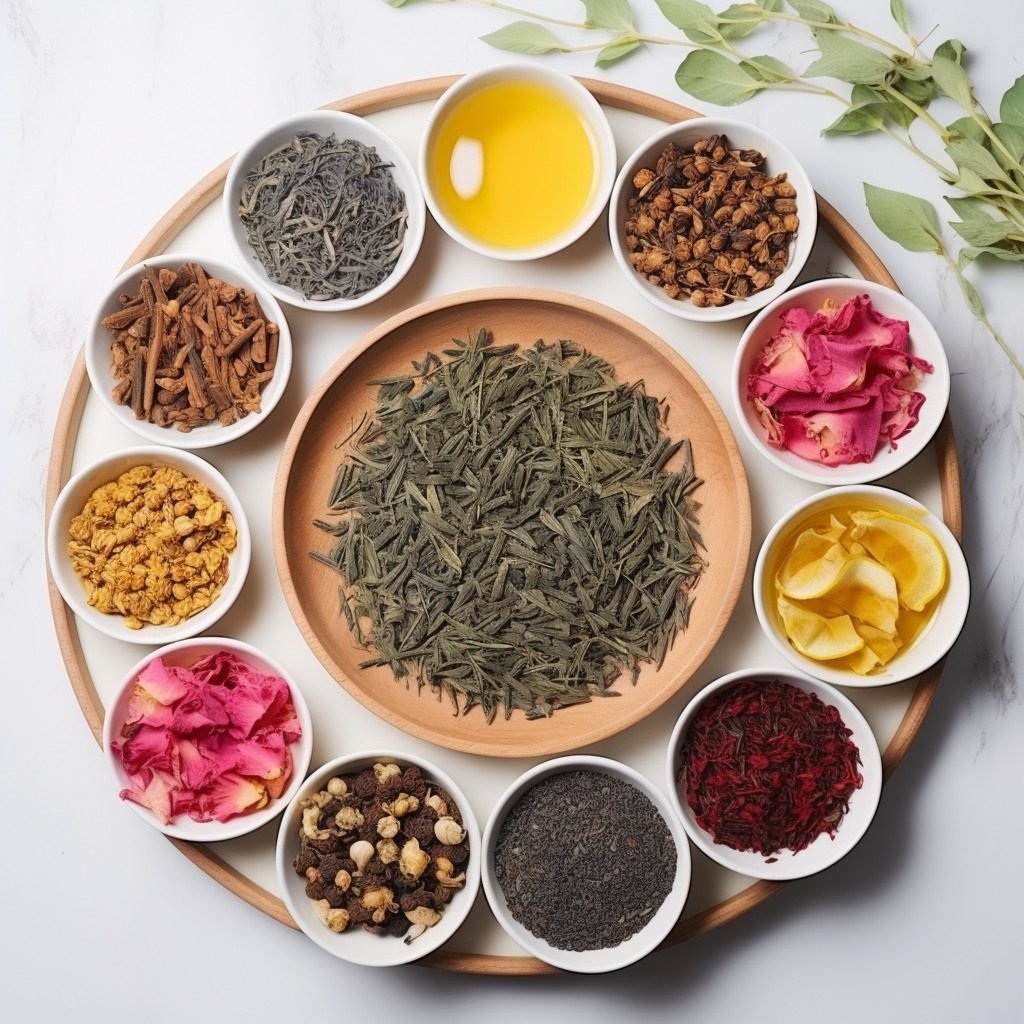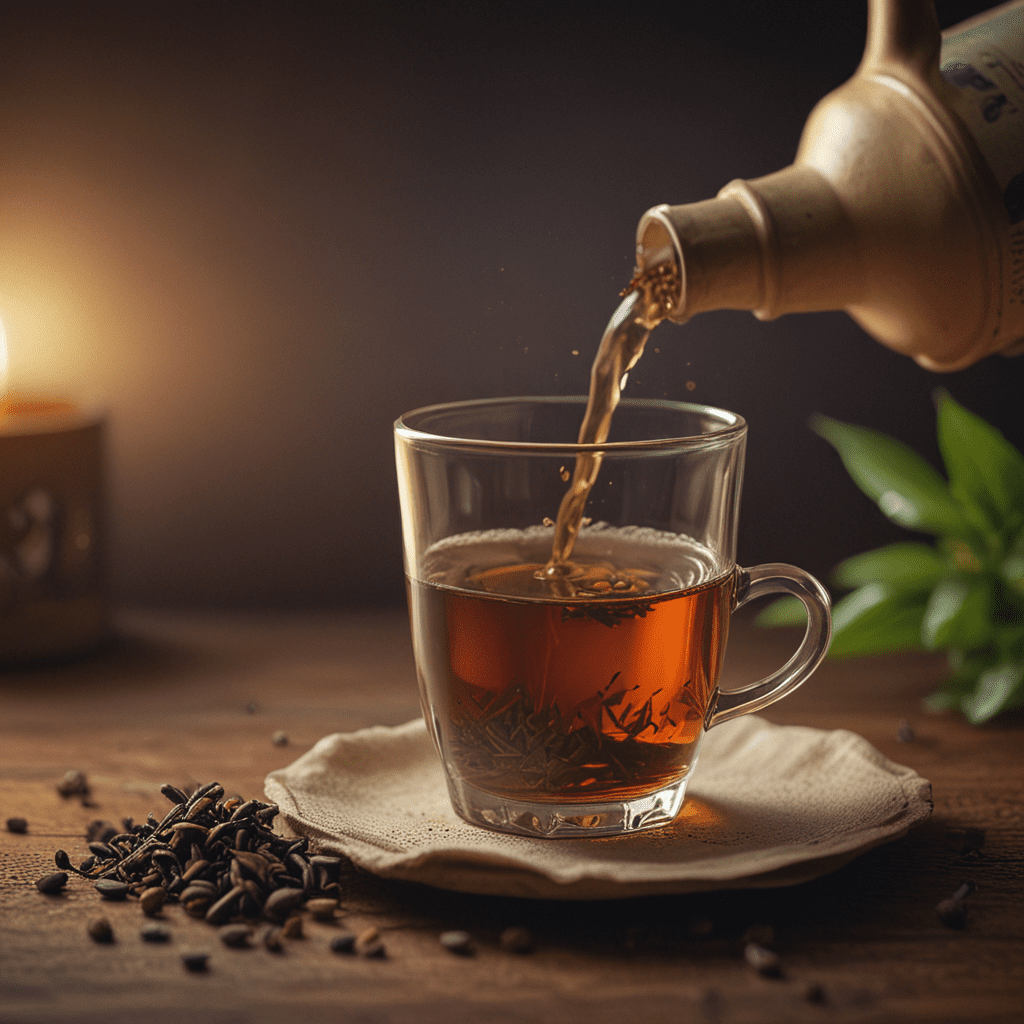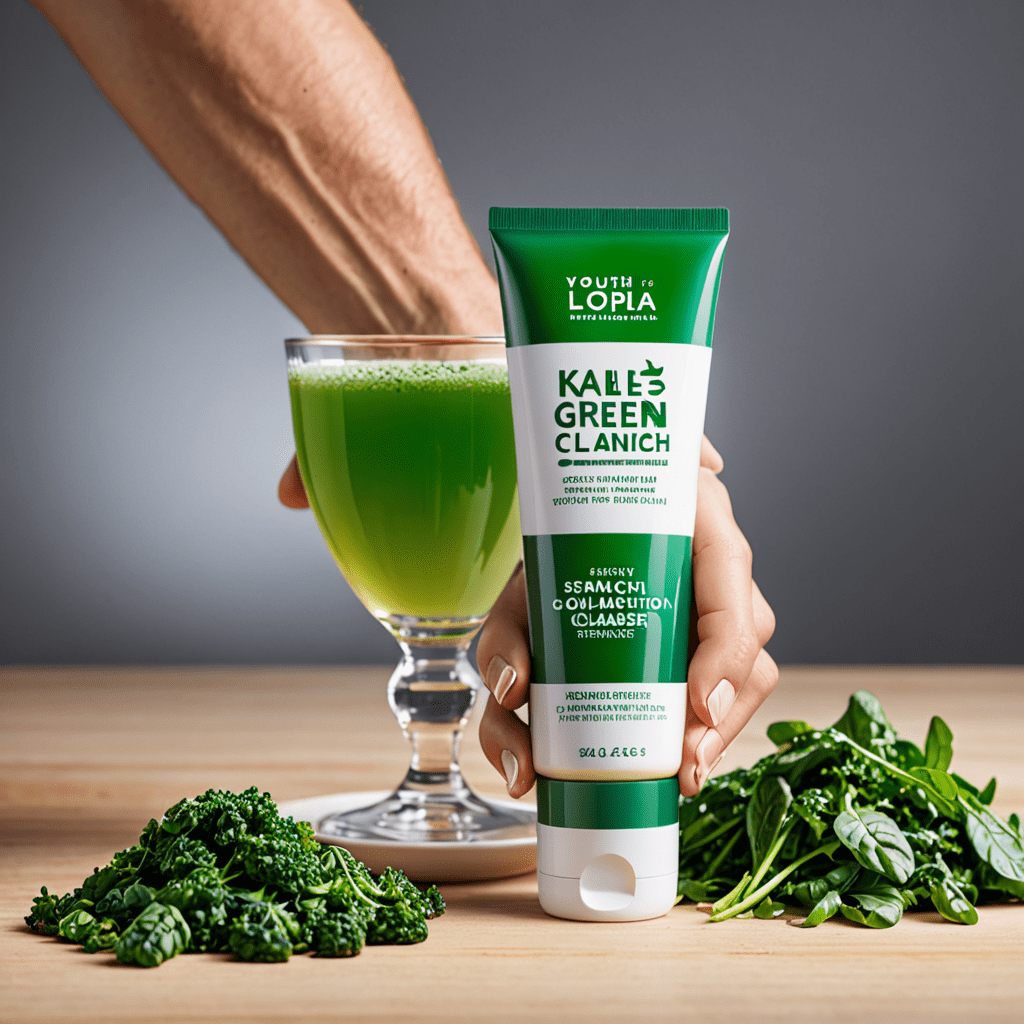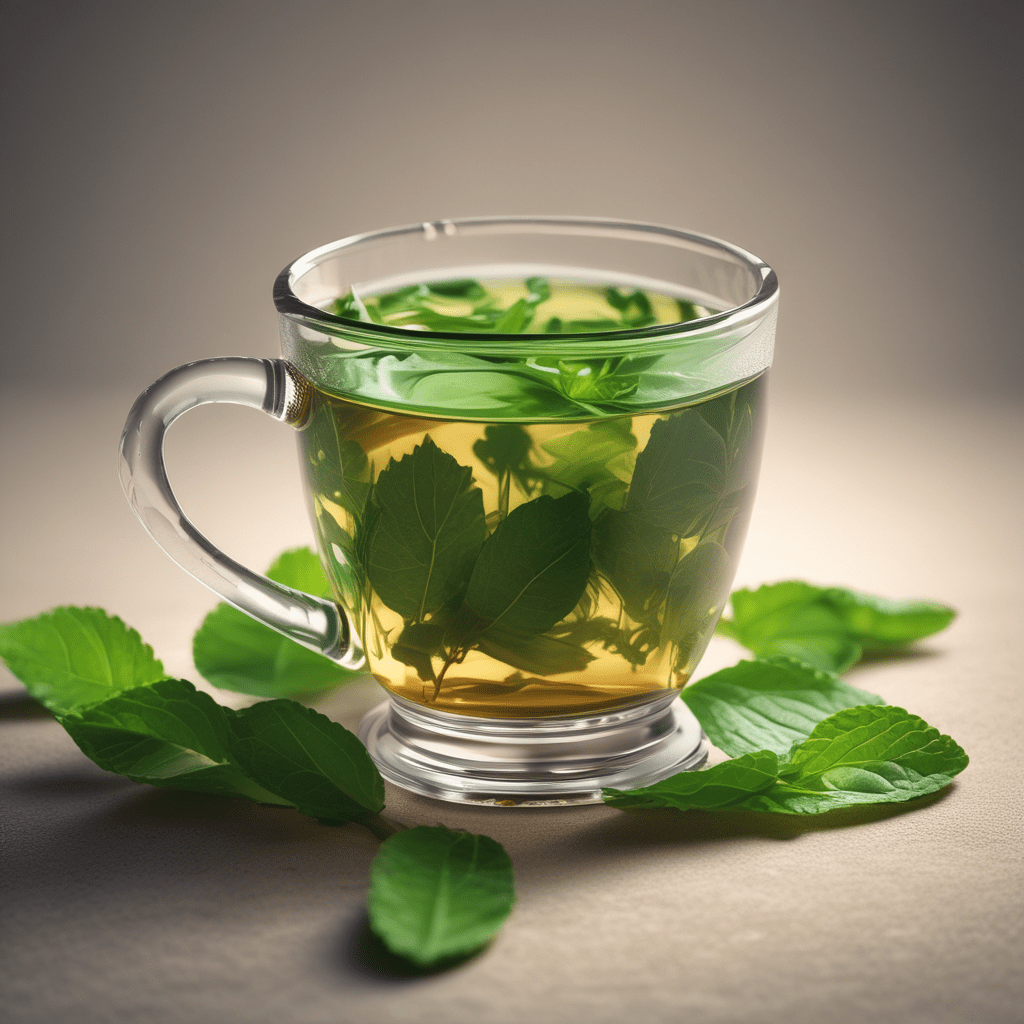Discover the Different Types of Decaffeinated Tea
Tea is one of the most widely consumed beverages in the world, known for its various health benefits and delicious flavors. But what if you’re looking to cut down on your caffeine intake? That’s where decaffeinated tea comes in. Decaffeinated tea types provide all the goodness of tea without the stimulating effects of caffeine. In this article, we will explore the key elements of decaffeinated tea types, offer practical tips for selecting the best options, and discuss how to incorporate decaffeinated tea types into your daily routine.
Key Elements of Decaffeinated Tea Types
Decaffeinated tea undergoes a process that removes most of the caffeine content while preserving the flavor and health benefits. Here are some key elements to be aware of when it comes to decaffeinated tea types:
- Decaffeination Methods: There are several methods used to decaffeinate tea, including the ethyl acetate, carbon dioxide, and water processing methods. Each method has its own advantages and may affect the taste and aroma of the tea differently.
Caffeine Content: While decaffeinated tea is labeled as such, it’s important to note that it may still contain a small amount of caffeine. However, the caffeine content is significantly lower compared to regular tea, making it a suitable choice for those sensitive to caffeine.
Flavor Profiles: Decaffeinated tea types retain the unique flavor profiles of their caffeinated counterparts. For example, decaffeinated black tea still offers robust and malty notes, while decaffeinated green tea maintains its grassy and refreshing taste. This allows tea enthusiasts to enjoy their favorite flavors without the jolt of caffeine.
Tips for Decaffeinated Tea Types
When selecting decaffeinated tea types, there are a few factors to consider in order to find the best options for your taste preferences, budget, and availability. Here are some practical tips to keep in mind:
- Taste Testing: Try different brands and varieties of decaffeinated tea to find the ones that suit your palate. There can be variations in taste and quality among different decaffeinated teas, so experiment and find your favorites.
Research Brands: Look for reputable tea brands that specialize in decaffeinated tea types. These brands often have a wide variety of options and guarantee a high-quality product.
Check Labels: Read the labels carefully to ensure the decaffeinated tea has been processed using the method you prefer. Some people may have preferences for certain decaffeination methods due to taste or health considerations.
Consider Herbal Infusions: In addition to decaffeinated tea made from Camellia sinensis, there are also herbal infusions, such as chamomile and peppermint, that are naturally caffeine-free. These can be great alternatives for those looking to completely avoid caffeine.
Incorporating Decaffeinated Tea Types
Decaffeinated tea can be enjoyed in various ways, whether you prefer the traditional tea-brewing method or want to explore alternative options. Here are some ideas for incorporating decaffeinated tea types into your routine:
- Hot or Iced Tea: Brew decaffeinated tea just like you would with any other tea variety. Enjoy it piping hot during the cooler months or chill it in the refrigerator for a refreshing iced tea during the summer.
Blends and Infusions: Experiment with blending decaffeinated teas with other flavorings, such as dried fruits, spices, or herbs, to create unique and aromatic infusions. This allows you to tailor the taste according to your preferences.
Tea Lattes and Mocktails: Get creative in the kitchen by using decaffeinated tea as a base for lattes or mocktails. For example, a decaffeinated chai latte can be made by combining decaffeinated black tea with warm milk and spices like cinnamon and cardamom.
Tea-Based Desserts: Use decaffeinated tea to infuse flavor into desserts like cakes, cookies, or ice creams. Matcha-infused desserts or earl grey-flavored pastries are just a couple of examples of how decaffeinated tea can enhance your culinary adventures.
FAQ about Decaffeinated Tea Types
Q: Is decaffeinated tea completely caffeine-free?
A: While decaffeinated tea has a significantly lower caffeine content compared to regular tea, it may still contain trace amounts of caffeine. However, the levels are generally so low that they have minimal impact on caffeine-sensitive individuals.
Q: Are there any health benefits to drinking decaffeinated tea?
A: Yes, decaffeinated tea still provides various health benefits, including antioxidants and polyphenols that support overall well-being. Additionally, it hydrates the body without the diuretic effects of caffeine.
Q: Can I use decaffeinated tea for weight loss?
A: Decaffeinated tea can be a helpful addition to a weight loss journey. It can be enjoyed as a low-calorie beverage and can aid in hydration and satiety. However, it’s important to incorporate it into a balanced diet and exercise routine for optimal results.
Q: Can I drink decaffeinated tea before bed?
A: Yes, decaffeinated tea is a great option for an evening beverage as it won’t disrupt sleep like its caffeinated counterparts. It can be a soothing and relaxing way to unwind before bed.
In conclusion, decaffeinated tea types offer a wonderful alternative for individuals who want to enjoy the flavors and benefits of tea without the stimulating effects of caffeine. By considering the key elements, following practical tips, and exploring different ways to incorporate decaffeinated tea into your daily routine, you can embark on a journey of healthier, caffeine-conscious tea enjoyment. So go ahead, treat yourself to a cup of decaffeinated tea and savor the goodness it brings.



